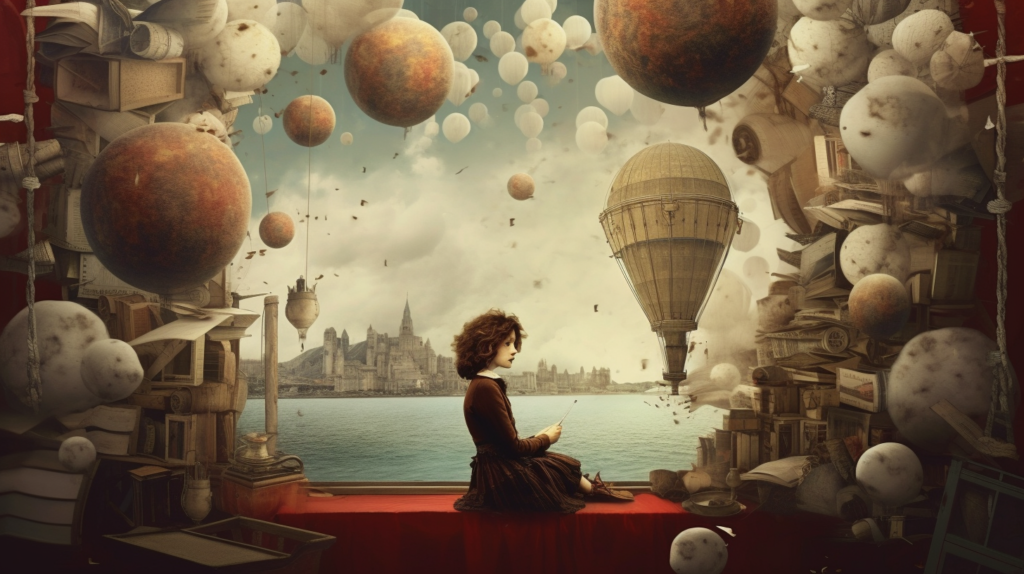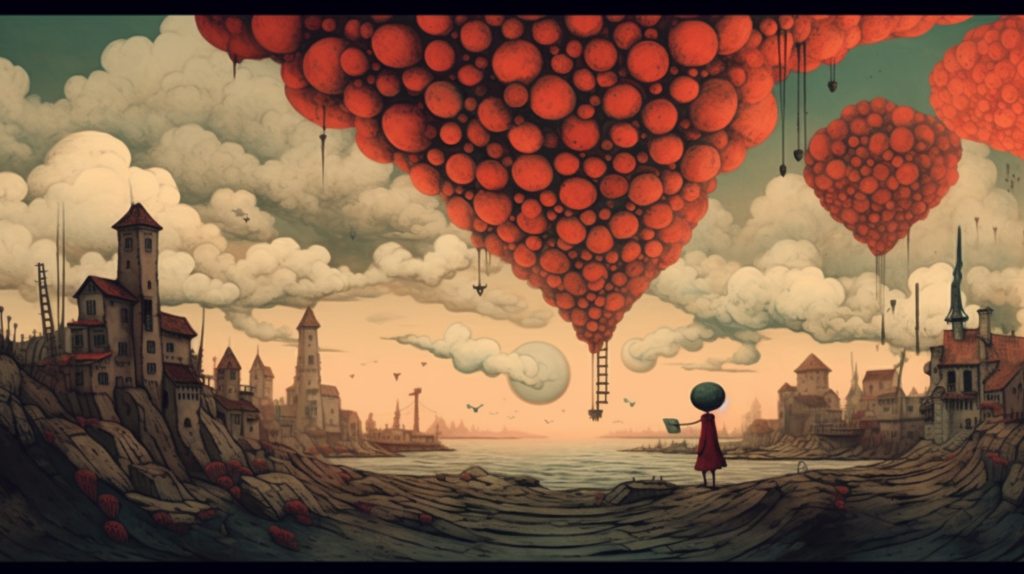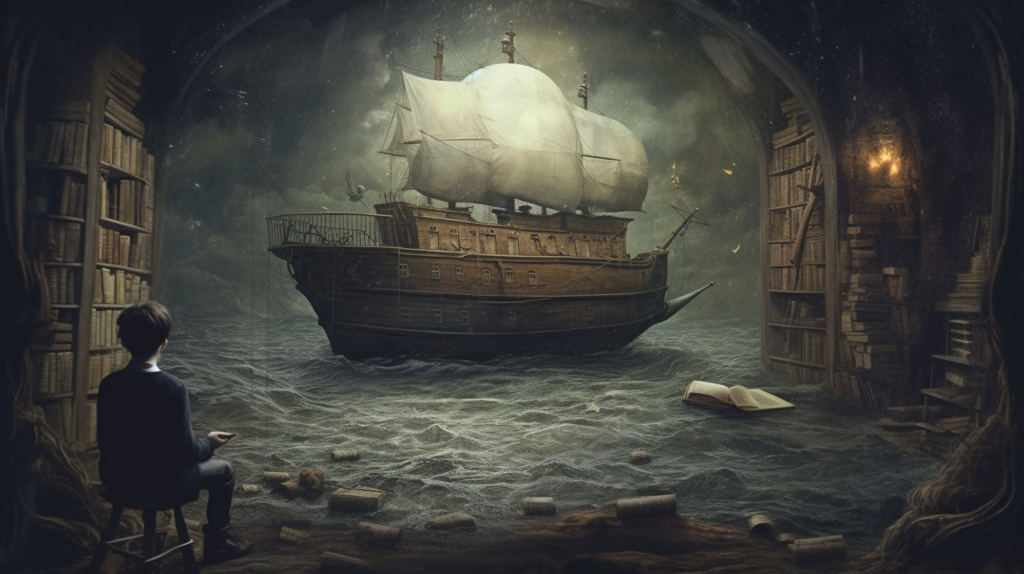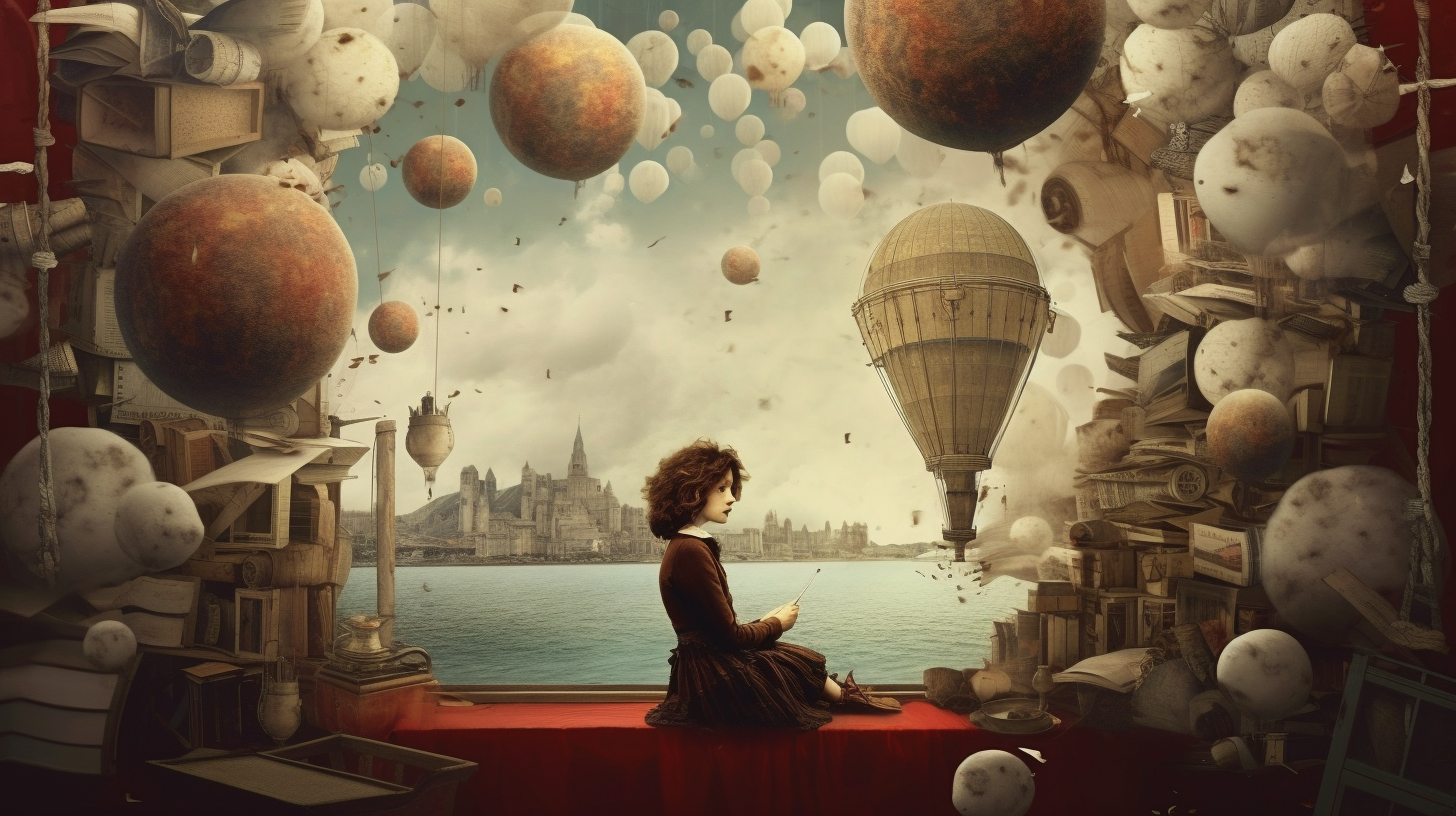Throughout the years, society has come to tell stories in various ways: pictorially, audibly, and verbally. From the classic method of storytelling in a campfire session to the blooming portrait of digital films, visual storytelling has the potential to capture the imaginations of people worldwide. Capturing the art of visual storytelling requires extraordinary talent, skill and finesse; join us as we embark on this medium’s journey to unfold its secrets.
1. Painting a Picture through Visual Storytelling
Visual storytelling is an effective way to illustrate a narrative and capture the attention of an audience. It’s the act of creating meaning through an artful collage of images, video, and other visual media, resulting in something that is visually stimulating and engaging. Here are some tips for painting a vivid picture with visual storytelling.
- Craft An Attention-Grabbing Visual – Start off your story with an eye-catching image, graphic, logo, photo, etc. that quickly summarizes the topic and helps draw viewers in.
- Select impactful Colors and Fonts – Strategically select fonts and colors that complement the context of your story and represent your brand message.
- Less Is More – Simplicity is key when it comes to visual storytelling. Too much detail can be distracting. Remember to keep it concise and punchy.
Effective visuals are important, but meaningful content and messaging is what will resonate with your viewers. Make sure your story is cohesive, authentic, and conveys a deep message. Good visual storytelling will bring your story alive and communicate it to the world in a stylish and unforgettable way.

2. Telling Stories on Screen: What to Keep in Mind
Create Strong Characters
When telling stories on screen, be sure to create characters that have depth, drive, and emotional complexity. It’s important to have characters with dynamic personalities that your audience can connect with on-screen and even grow to love or hate. Ideal characters are those that are at once believable and relatable.
Set the Tone
Telling stories on screen should start with setting a distinctive tone. From the overall look and feel of the production elements to the visual style, lighting, even sound effects and music, the tone of the story should be evident from the onset. Ultimately, the tone should be consistent throughout the whole production to maintain the viewers’ interest.
Focus on the Story
Instructive visuals can make or break whether stories on screen capture an audience. As such, it’s important to focus the story on the characters and ensure the visuals, dialogue, and sound effects supplement its progression. In particular, be concise with dialogue. Uncluttered visuals and sound can ensure that viewers are pulled in by the on-screen characters and their drama rather than being distracted by other details.
3. Shaping a Narrative with Messaging and Mood
When crafting an effective narrative for your business, one of the most important elements is the tone and style of messaging that you use. In order to help shape the perception of your brand, you need to pay attention to the way you express yourself through your messaging and mood. Here are a few key points to consider:
- Writing Style: Each business should develop a distinct writing style that is true to their brand and tone. Whether you have a casual, humorous tone or a more professional, businesslike approach, make sure to express your core message clearly.
- Tone and Voice: Establishing the desired tone of your narrative is essential to maintaining your brand identity. Keeping the same tone throughout your messaging will help to ensure that customers can easily identify your company’s brand.
- Consistency: Consistency in your messaging and attitude gives customers a sense of continuity. Make sure to stay true to your brand and values, while displaying a consistent level of enthusiasm and engagement.
By incorporating these elements into your narrative, you will be able to create an engaging and identifiable message for your brand. Keep the messaging interesting and relevant to your audience and make sure to stay true to your vision.
The key takeaway: be mindful of your messaging and mood when crafting a narrative for your business. Establishing a distinct writing style and tone, as well as keeping a consistent message throughout, will help to create an effective narrative that resonates with your target audience.

4. Capturing Attention with Dynamic Imagery
Dynamic imagery is a powerful way to capture attention. Creative visuals that capture the eye draw the viewer in, adding interest and intrigue.
The possibilities are virtually limitless when it comes to . From vibrant colors to unique angles, creating the perfect look for a picture is an art form. Here are few tips to elevate your imagery:
- Region-specific elements: Incorporate local symbols, such as monuments or landscapes, to evoke region-specific emotions in the viewer
- Use natural light: Create natural-looking photos with natural lighting to make them look more realistic
- Incorporate motion: Motion adds an element of life to an image, which can draw viewers in
Including dynamic visuals in your content is an effective way to grab a reader’s attention and keep them engaged. With these tips, you can create dynamic images that capture the eye and draw people in.
5. Bringing Stories to Life with Music and Effects
The combination of music and sound effects can make a movie a classic. Music can evoke emotion and bring stories to life in ways that words and visuals can’t. Sound effects can bring an entirely different level of realism to any given scene, enhancing the audience’s experience. Here are five ways to bring any story to life with sound and music.
- Create a Mood – Music can create an ambience, atmosphere, and mood that pulls the audience into the scene.
- Depth and Nuance – Sound effects provide the necessary depth and nuance to a scene. They enhance the look and feel, giving the audience a thrilling experience.
- Highlight Emotional Moments – Music is particularly great at emphasizing emotional moments in movies. Nothing evokes emotion like the right sound. Music can drive a scene, the tone, and the overall message.
From horror flicks to romantic comedies, music and sound effects take a film to the next level. It can help bring the story to life, leaving a lasting impression on viewers. Many iconic soundtracks achieved success and fame because of the phenomenal way they captured a movie’s intensity and texture.

6. Crafting Engaging Visuals: Working as a Team
Creative projects can be unpredictable. With any team-driven activity, it’s important to bring multiple perspectives to the table and know each other’s strengths and weaknesses in order to produce amazing results. That goes double when it comes to crafting visuals. Here’s how to ensure you get the best visuals possible:
- Clear Divisions of Responsibility: Assign each member of the team a specific role and task related to the project. This will keep confusion to a minimum and make it easier to move forward and meet the goal.
- Leveraging Each Member’s Expertise: Let everyone show off their skills. Utilizing each member’s strengths to the project’s advantage will ensure the visuals have that extra touch of professionalism.
- Encouraging Collaborative Input: Team members should share their opinions and ideas. Even if an idea may not make it in the final version, open dialogue can spark further inspiration.
Peaceful Discussions: Nothing derails a project faster than a heated disagreement. Work together to come to resolutions and put personal feelings aside.
By keeping these principles in mind, you can work together as a team and achieve excellence with your visuals. After all, two heads are better than one. Collaborative effort is key!
7. Setting the Scene with Props and Costumes
Creating an atmosphere that will draw the audience into your story with props and costumes is essential for your production to shine.
Props
- The right props will help define the story’s time, place and environment.
- They provide the atmospheric details and the subtle nuances that bring the story to life.
- Careful thought and consideration should be given to the props that will be used.
Costumes
- The costumes should create and establish the characters.
- Costumes should also help to transport the audience to the period the story is taking place in.
- Look at patterns, textures , styles of clothing and accessories – each should have a purpose.
Bringing the elements of props and costumes together will provide the necessary forms to form the foundation for the rest of your production. It is essential to create an atmosphere of realism, which will help transport the audience into the story and take part in the period the drama is taking place.

8. The Science of Visual Storytelling: How to Create an Impactful End Product
Visual storytelling is an essential part of marketing, and the key to creating a powerful and effective end product lies in understanding the science behind it. There are three major components to effective visual storytelling: audience engagement, technology, and methodology.
Audience Engagement – The goal of visual storytelling is to tell a story in a way that resonates with the target audience. It’s important to understand the audience’s wants, needs, and desires, and craft a story that speaks directly to them. This is done by utilizing various design elements, such as color theory, typography, and photography, as well as emotionally powerful and evocative language.
Technology – Technology plays an important role in creating an effective end product. From the use of editing software to the implementation of animation, audio, and interactive elements, incorporating the latest technology into visual storytelling can make a big difference. It’s important to understand how to use the technology correctly in order to create a polished and high-quality end product.
Methodology – Last but not least is the methodology used in visual storytelling. This includes understanding the story arc, sequential storytelling, and data visualization. Understanding these elements helps to create a cohesive story that flows from point to point. Having a clear understanding of the methodology allows for a well-crafted end product that captures the audience’s attention, and drives home the desired message.
Visual storytelling is an art like no other, and we hope that with the tips and tricks mentioned in this article, you now have the tools to craft beautiful, captivating stories with your photographs. Here’s to working your visual magic and capturing the world’s beauty!
